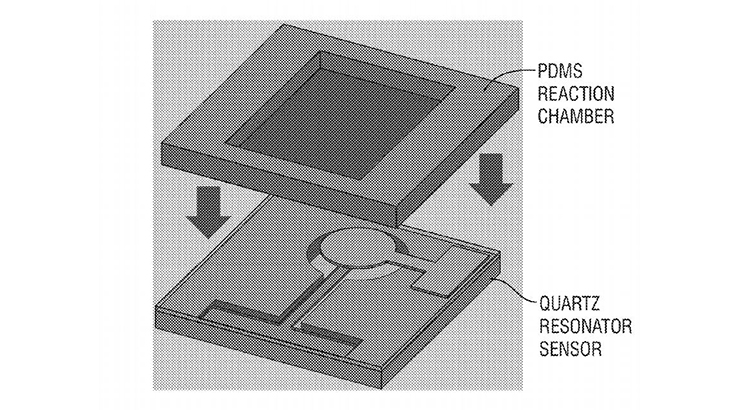Ultra-Sensitive Temperature Detection using Resonant Devices
ID# 2010-3666
Technology Summary
Certain crystal cuts, such as the Y-cut in quartz, can provide high temperature dependency in the resonant frequency on the order of 90 ppm/K. However, a primary limitation of using crystal resonators as sensitive temperature sensors in biomedical applications, such as cell culturing and monitoring, arises from the fact that direct placement of analyte on resonator surfaces confounds temperature-related frequency shifts with simultaneous mass loading effects. The present invention uses micromachining techniques to fabricate an extremely small thermal mass – reaction chamber array in close proximity (100 nm – 1 mm) range to a quartz resonator array. This allows for direct detection of temperature changes of the reaction chamber in response to the biochemical reactions while the separation allows for decoupling of the mass loading effect.
Application & Market Utility
The new method can be used in applications where extremely high temperature sensitivity is desired, particularly for infra-red image and biomedical sensing applications where the monitoring process consists of detection of small temperature changes. This technology is protected by US Patent 9,121,771.
Next Steps
Seeking research collaboration and licensing opportunities.

